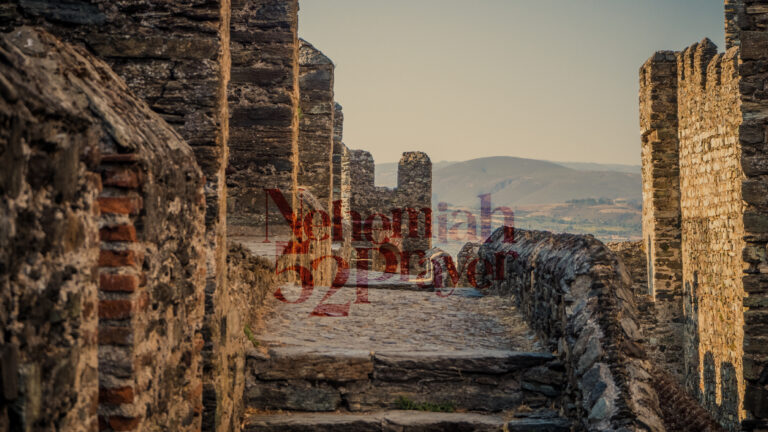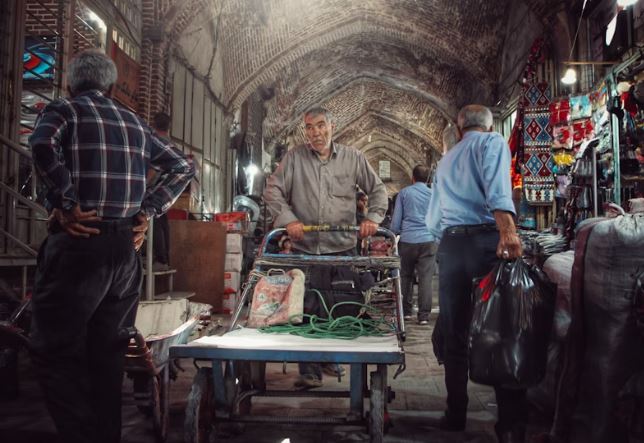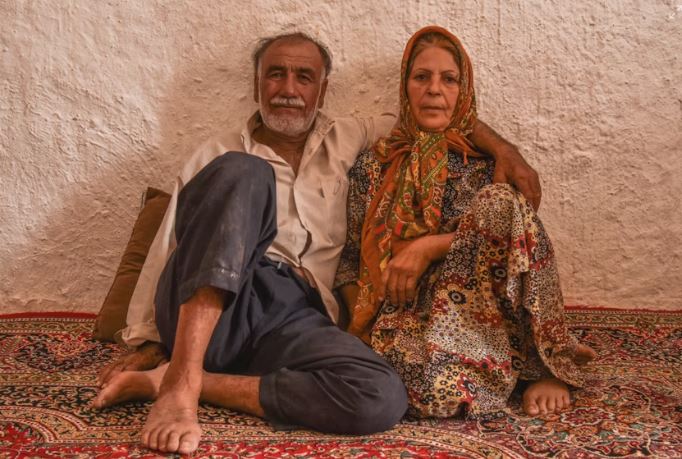“Mexico is the planting of God for the display of his splendor!”
and provide for those who grieve in Zion-to bestow on them a crown of beauty instead of ashes, the oil of gladness instead of mourning, and a garment of praise instead of a spirit of despair. They will be called oaks of righteousness, a planting of the LORD for the display of his splendor (Isaiah 61:3,NIV).

》 Country Profile
Continent|America
Population |128 million
Area| 1,958,201㎢ The largest country in Central America after the United States.
Capital City | Mexico City (22 million people)
People Groups | Total 343 groups, Mestizos 62%, Native Americans 21%, European Americans 10%, Detribalized indigenous peoples 7%
Unreached People Groups | 3 (0.1%)
Official Language(s) | Spanish
Total Languages | 293
Bible Translations | Completed 35, New Testament 134, Partial 47
Religion | Christian 95.3% (Protestant 10%, Catholic 82.7%), Non-religious 2.7%, Ethnic religions 1.8% Evangelical 10.5% 17 million people
》 About Mexico
Mexico has a rich history of advanced civilizations, including the Maya, Toltec, and Aztec cultures, which thrived long before the Spanish arrived. The Aztec civilization, which flourished for 200 years, was conquered by Spain in 1521. For the next 300 years, Mexico was under Spanish colonial rule until gaining independence in 1821. Following independence, Mexico’s political scene was marked by constant struggles between liberal decentralists and conservative centralists. In the first half of the 19th century, Mexico lost half of its territory, including California and Texas, to the United States. From the late 19th century to the early 20th century, Mexico suffered under the dictatorship of Porfirio Díaz, a period characterized by extensive foreign capital exploitation and severe social inequality. The Mexican Revolution began in 1910, led by figures like Madero, Carranza, Obregón, Zapata, and Pancho Villa. In 1929, the Institutional Revolutionary Party (PRI) united the various revolutionary factions and maintained a single-party rule for 70 years until 2000. Mexico is a federal republic with a single six-year presidential term. In 2024, Claudia Sheinbaum made history as the country’s first female president.
Mexico’s economy became the 11th largest in the world after the implementation of the North American Free Trade Agreement (NAFTA) in 1994. The economy is driven primarily by manufacturing, oil, and related industries. However, the country faces significant challenges, including severe inequality, widespread corruption, and the fact that 40% of the population lives in poverty. The drug trade, controlled by powerful cartels, also remains a major issue. The COVID-19 pandemic severely impacted key industries such as automotive, construction, mining, and tourism. Given that 80% of Mexico’s exports go to the U.S., there are concerns about a long-term economic recession due to the U.S. economic downturn. Mexico’s GDP per capita is approximately $13,926.
》 Scripture Focus
| Isaiah 61:1-6(NIV) 1. The Spirit of the Sovereign LORD is on me, because the LORD has anointed me to preach good news to the poor. He has sent me to bind up the brokenhearted, to proclaim freedom for the captives and release from darkness for the prisoners, 2. to proclaim the year of the LORD’s favor and the day of vengeance of our God, to comfort all who mourn, 3. and provide for those who grieve in Zion– to bestow on them a crown of beauty instead of ashes, the oil of gladness instead of mourning, and a garment of praise instead of a spirit of despair. They will be called oaks of righteousness, a planting of the LORD for the display of his splendor. 4. They will rebuild the ancient ruins and restore the places long devastated; they will renew the ruined cities that have been devastated for generations. 5. Aliens will shepherd your flocks; foreigners will work your fields and vineyards. 6. And you will be called priests of the LORD, you will be named ministers of our God. You will feed on the wealth of nations, and in their riches you will boast. |
》 Prayer Points
1. The Catholic Church has shaped Mexican society for over 300 years. While most Mexicans identify culturally as Catholic, the number of active believers is steadily declining. Only 10% attend Mass regularly. Many also blend Catholicism with Native American animism, worshiping gods and goddesses rooted in indigenous traditions. Let us pray for the light of the Gospel to shine on those trapped in spiritual darkness and confusion, bringing true freedom and deliverance. May a spiritual awakening take place within the Catholic Church, leading many to a genuine encounter with Christ.
2. Around 13 million Mexican migrant workers live along the U.S. border. Every year, over 2 million attempt to cross illegally, with hundreds losing their lives in the process. The U.S. government continues to invest heavily in border security, yet migration persists. Some villages in Mexico have become “ghost towns” as young men leave in search of work. Many Mexican workers in the U.S. live as undocumented immigrants, making them vulnerable to labor exploitation and poor conditions. However, their struggles often open doors for the Gospel. As they face loneliness and hardship in a foreign land, many are hearing about Jesus and accepting Him. Ministries like Avant Ministries, which serves Spanish-speaking communities in the U.S., are actively working to share the hope of Christ. Let us pray that these workers will not only receive the Gospel but also become God’s servants, spreading His Word among other migrants. May the Lord turn their sorrow into joy and fill them with His peace and praise.
3. Mexican churches, through the Mexican Evangelical Coalition (COMIMEX), are mobilizing mission efforts, intercessory prayer, and church networks to reach both domestic and international communities. Pray that they will effectively evangelize unreached people groups within Mexico and send out trained workers for global missions. Several states in central Mexico—Zacatecas, Jalisco, Aguascalientes, Guanajuato, Colima, Michoacán, and Querétaro—have an evangelization rate of less than 2%. Meanwhile, strong atheism and agnosticism are increasing among Mexico City’s wealthy elite. Indigenous groups and those in urban slums remain culturally Catholic but often mix their faith with traditional folk religions, leaving them spiritually isolated and hopeless. Let us pray for the Mexican church to reach out boldly, proclaiming the year of the Lord’s favor and bringing comfort to those lost in sorrow. May God plant “trees of righteousness” across Mexico, bringing revival to every tribe and social class.
》 Urgent prayer requests around the world need your prayer!





